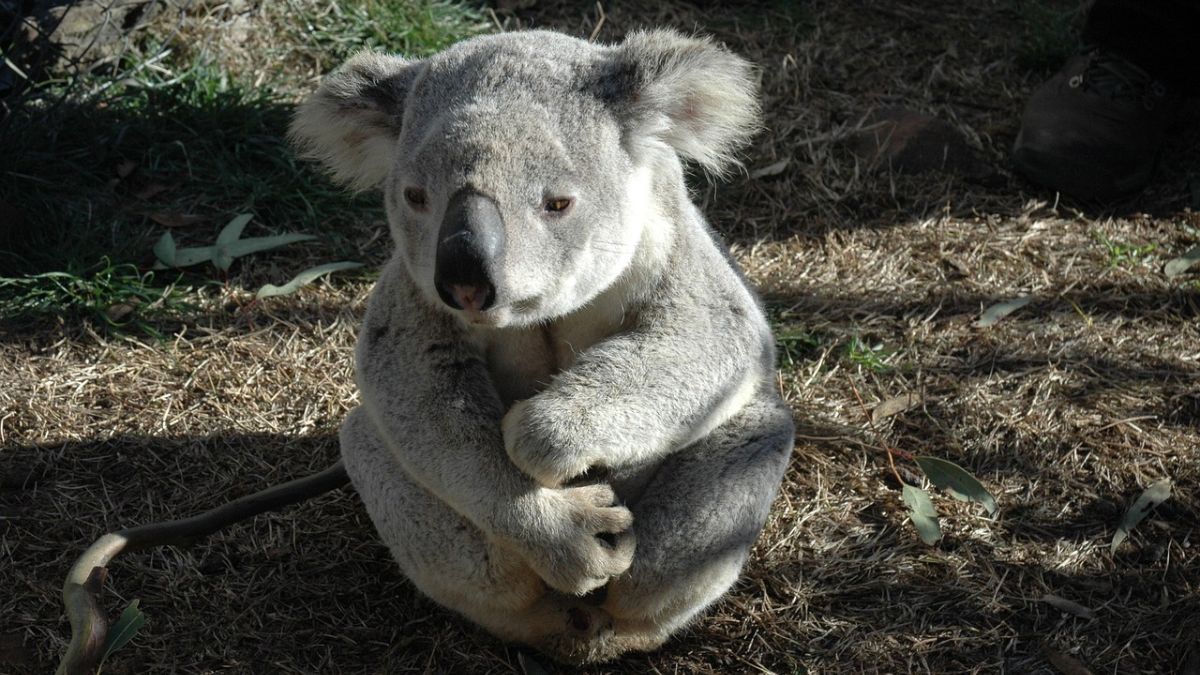Koalas, known for their cute faces and fluffy bodies, are Australia’s favourite animals. From celebrities to tourists, everybody wants to cuddle a koala at least once in their lifetime.
But their future is turning gloomier with each passing year.
At one point, there were millions of these eucalyptus-munching tree climbers. Now, there are anywhere between 95,000 and 524,000 left in Australia. The government officially listed East Coast koalas as ’endangered’ in 2022.
But what could be the cause for the depletion in their numbers?
Rapidly depleting numbers
Experts say that Australia has become the ’extinction capital’ of the world with the island nation having the highest rate of mammal extinction in the world, about 100 of the country’s unique flora and fauna species wiped out in the last 123 years.
Annabelle Olsson, director of the University of Sydney Wildlife Health and Conservation Hospital, has regularly examined rescued koalas. Olsson said without better koala protections “our grandchildren, or at least their grandchildren, are going to see maybe koalas in a zoo if they’re lucky”. She said, “Australia is an island nation with an incredibly high biodiversity and incredibly unique wildlife species and floral species that need to be preserved.”
Chlamydia, a huge threat to koalas
Chlamydia is a common sexually transmitted infection (STI) caused by the bacteria Chlamydia trachomatis that was first observed in koalas about 50 years ago. In the times that followed it has wiped out entire local populations.
Impact Shorts
More ShortsThe bacteria leads to blindness, bladder infections, infertility, and death. Although some chlamydia-free koala populations exist, scientists fear these pockets may soon disappear.
Scientists develop vaccines
Some scientists are focusing on their efforts to put an end to the massive spread of chlamydia among koalas. University of the Sunshine Coast researcher Samuel Phillips is part of a team working on a potential vaccine.
They have vaccinated and monitored 165 koalas over 10 years and found inoculated marsupials developed chlamydia later in life and their mortality was reduced by 64 percent.
A Queensland trial of the vaccination, used in conjunction with traffic and predator controls, was so successful that a local koala population doomed for extinction within 10 years rebounded. Some marsupials will even need to be translocated to stop overpopulation, Phillips said. “It’s been a really positive story,” he said.
However, Phillips warns that more needs to be done to address the other key drivers of koala decline, particularly the deforestation of their habitats. “We can keep protecting these small populations, but without increasing the habitat and protecting it, then they won’t be living.”
Activists are doing their bit
An orphaned koala joey Ajooni was found by wildlife carer Emma Meadows on the side of a Sydney road where her mother was hit by a car and died. At the time when she was found, she weighed about the same as a mango.
Ajooni will remain in Meadow’s care until she is big enough to be released back into the wild. It will be a “bittersweet” moment for Meadow, but she says seeing any koala successfully released is the best feeling.
That feeling is what keeps her going through the awful parts of her volunteer role: scraping dead koala bodies off the road in the middle of the night, or finding animals that are so severely injured that they need to be put down.
“I continue to do what I do because somebody needs to make a difference, and I feel that this is one way in the world that I can make a difference,” Meadows told news agency AFP.
With inputs from AFP


)

)
)
)
)
)
)
)
)



